Australian audiences are let down by TV networks’ lack of diversity
Australian TV news and current affairs is failing the audiences it’s supposed to serve, and the worst offender is Channel 9.

Channel 9 is the worst offender in a newly released report which reveals the embarrassing chasm between the multicultural make-up of Australians, and the on-air journalists, presenters and commentators featured in local news and current affairs programming.
Only 11.4 per cent of on-air talent in news and current affairs come from a non-Anglo-Celtic and non-European background despite those minority groups representing 24 per cent of the wider Australian population.
Which means for every Waleed Aly, there are nine Karl Stefanovics.
That number is much more damning when you break it down by TV networks with Channel 9 performing the worst with only 3 per cent of its on-air talent coming from a culturally diverse background.
Channel 7 was marginally better at 4.8 per cent while the third commercial network, Channel 10, had 8.6 per cent.
The ABC sat on 14.1 per cent while SBS, whose charter dictates its principal function is to serve multicultural communities (but whose NITV channel was not included in the report), recorded 76.8 per cent of its on-air talent as non-Anglo-Celtic and non-European. SBS’s 76.8 per cent significantly boosted the overall average.
In regional newsrooms, including the likes of Southern Cross ACT, Seven Tasmania and Win Hobart, the presence of culturally diverse on-air news talent was almost non-existent, only 0.4 per cent.
“Today’s multicultural Australia is still served by a media that resembles the country you had during the White Australia policy,” Tim Soutphommasane, Professor of Practice (Sociology and Political Theory) at the University of Sydney and a former Race Discrimination Commissioner, told news.com.au.
“Who we see on screens shapes how we understand Australian society and identity. If there are backgrounds that aren’t adequately represented, the message is clear: people from those backgrounds may not really belong to Australia, or really count as Australian.”
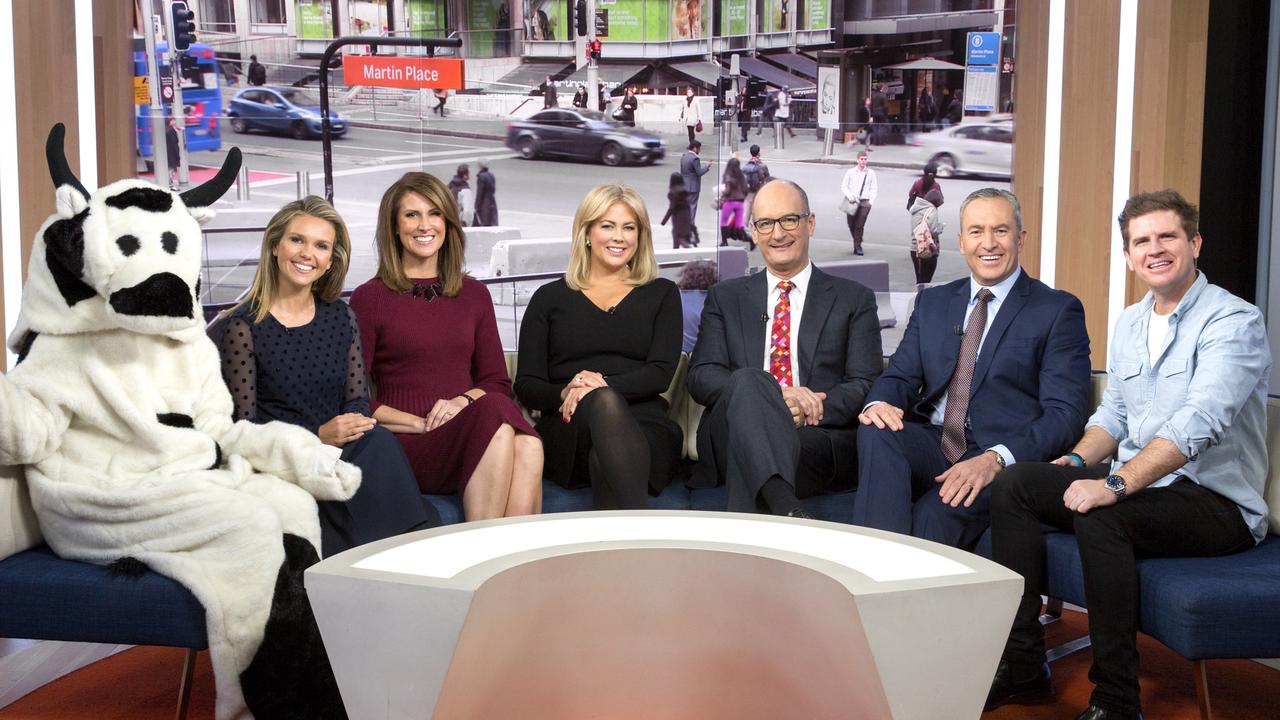
The report, “Who Gets to Tell Australian Stories?” was released by non-profit group Media Diversity Australia and researched and written by academics across several universities including Deakin, University of Sydney, Western Sydney University and Macquarie University, with the support of Google and the MEAA.
The data was gathered from a two-week slice of free-to-air news and current affairs programming from June 1 to June 14, 2019, encompassing 270 on-air reporters, presenters and commentators across 81 programs and more than 35,000 appearances.
The programs included nightly news bulletins, current affairs shows such as The Drum, The Project and 60 Minutes, and high-profile breakfast TV such as Today and Sunrise.
By the number of appearances made by culturally diverse on-air talent, the overall percentage reduces to only 5.9 per cent.
In comparison, Australia lags significantly behind the UK where its main TV broadcasters reported having 10 to 20 per cent of its employees as coming from minority backgrounds.
LETTING AUDIENCES DOWN
You could dismiss the report’s findings as a media-centric navel-gazing exercise but it’s well recognised that what and who audiences watch has a significant impact on viewers at home, one in four of whom come from a culturally diverse background.
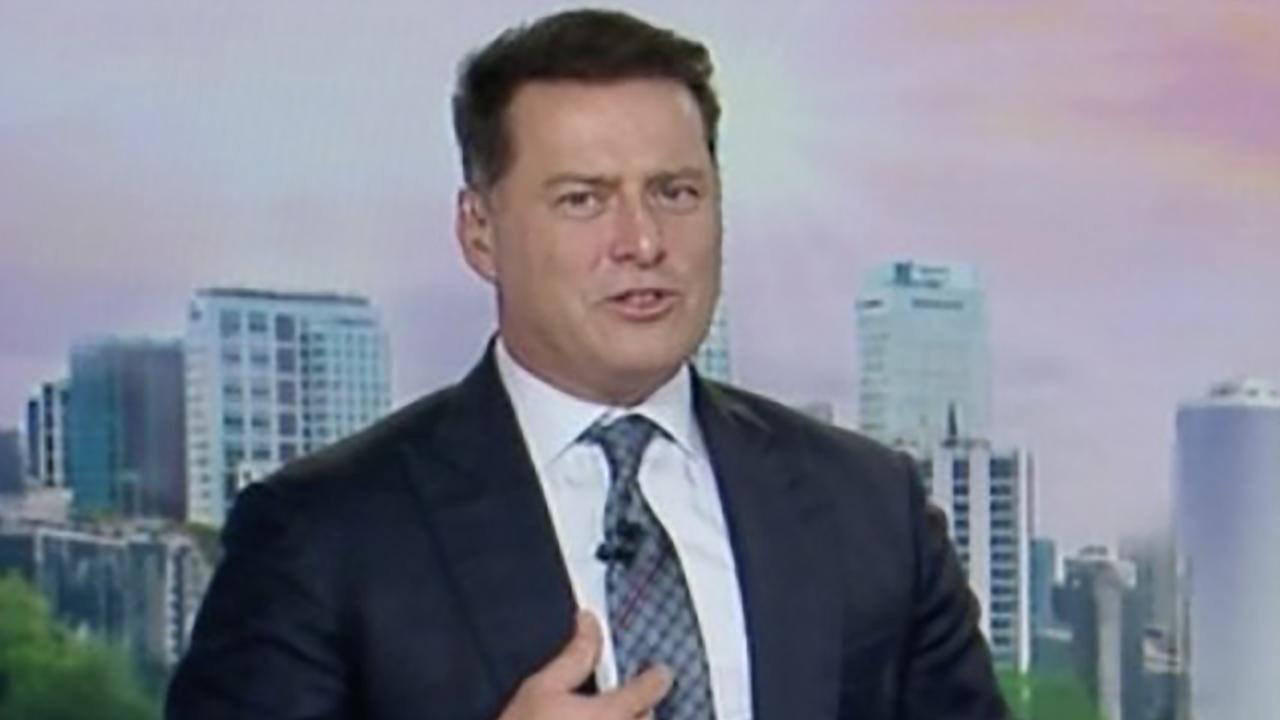
Macquarie University’s Professor Catharine Lumby said: “There’s a well-worn phrase: ‘You can’t be what you can’t see’. When people watching news and current affairs don’t see people like them presenting, reporting and commenting on the news they are liable to feel that their communities and experiences are not being represented.
“What young people aspire to is in part influenced by what they see high-profile people in different industries are doing and achieving.”
While reality TV programming wasn’t examined in the report, Channel 10’s most recent series of MasterChef , which featured one presenter and seven contestants of Asian heritage, was widely celebrated for its cultural inclusion, particularly among Asian-Australian communities.
But it’s not just about highlighting positive achievements for minority cultures; a lack of diversity in newsrooms also has the adverse effect of misrepresenting communities.
“One of the big problems we face is that debates about issues affecting Indigenous and culturally diverse communities are often dominated by Anglo voices,” Prof Lumby added. “Breakfast TV is notorious for kicking off inflammatory and sometimes ill-informed debates which rely on stereotyping these communities.
“Anglo people need to stop constantly speaking on behalf of communities they do not have a deep experience and knowledge of.”
Among the many breakfast TV racism controversies is the 2018 Sunrise segment in which an all-caucasian panel of host Samantha Armytage, commentator Prue MacSween and radio presenter Ben Davis appeared to suggest a second Stolen Generation was needed for Indigenous children.
Armytage and MacSween are being sued for racial vilification over the segment.
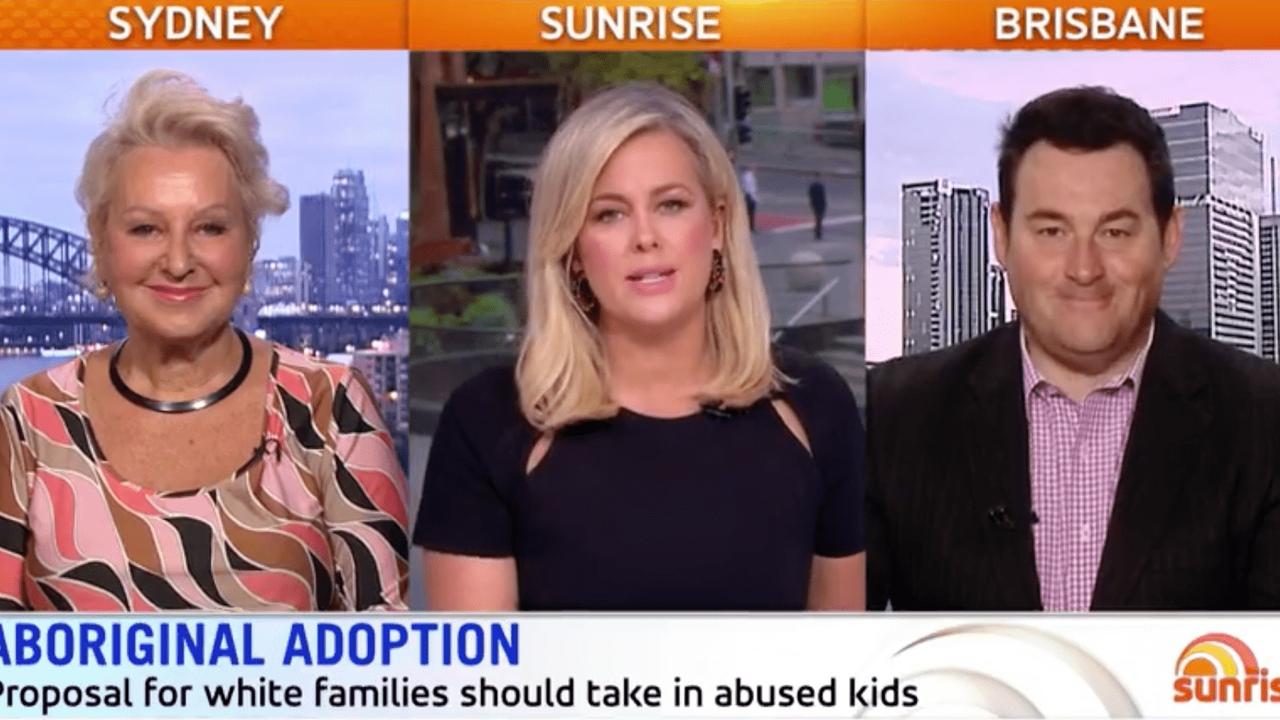
One Nation politician Pauline Hanson has also been a regular guest on both Channel 7 and Channel 9 breakfast shows in recent years but was finally dumped by Today after racist remarks she made about locked-down Melbourne housing.
Even though the ABC ranked favourably compared to the commercial TV networks, in June it was criticised for featuring no Indigenous or culturally diverse voices in an episode of Insiders which discussed Black Lives Matters, Indigenous experiences and systemic racism.
An analysis by Junkee found Insiders had not included a culturally diverse panellist in the past 10 years, if ever. Following the furore, Insiders acknowledged its blind spot, promising to do better, and has featured Bridget Brennan, ABC journalist and a Dja Dja Wurrung and Yorta Yorta woman, as a panellist.
Inclusion of culturally diverse talent also gives audiences an opportunity to hear perspectives and authentic experiences they may not have considered, such as when in January 2019 newly minted Today entertainment reporter Brooke Boney, a Gamilaroi woman, gave a personal editorial on why a January 26-dated Australia Day is painful for her community.
TV broadcasters are not the ones who have let down their diverse audiences.

A separate study in 2019 by the University of Technology Sydney found that of the 57 per cent of analysed newspaper articles deemed to be negatively racialised, 96 per cent of the pieces were authored by writers of Anglo-Celtic or European background. The articles commonly referred to people from Muslim, African or Indigenous backgrounds.
A FAILURE OF LEADERSHIP
The “Who Gets To Tell Australian Stories?” report suggests the lack of on-screen representation stems partially from a failure of leadership across the TV networks.
The boards of the TV networks in Australia (Channel 10’s parent company Viacom has a US-based board of directors) was found to be overwhelmingly Anglo-Celtic. SBS had a more diverse make-up.
As of July 2020, every national news director in Australia is from an Anglo-Celtic background, and is also male.
Media Diversity Australia director and co-founder and Channel 10 senior reporter Antoinette Lattouf said: “Other than SBS all [network] boards lack representative cultural diversity and this no doubt has a trickle-down effect. At a news director level, both national and at state levels, the leadership is even more culturally monolithic.”
In writing the report, the authors spoke with nine editorial leaders across all five TV networks. The editorial leaders are not named in the report to allow them to speak with candour.
The general consensus from the leaders suggest that they have a poor understanding of cultural diversity, often blurring the lines with gender, sexual orientation, disability and religious diversity.
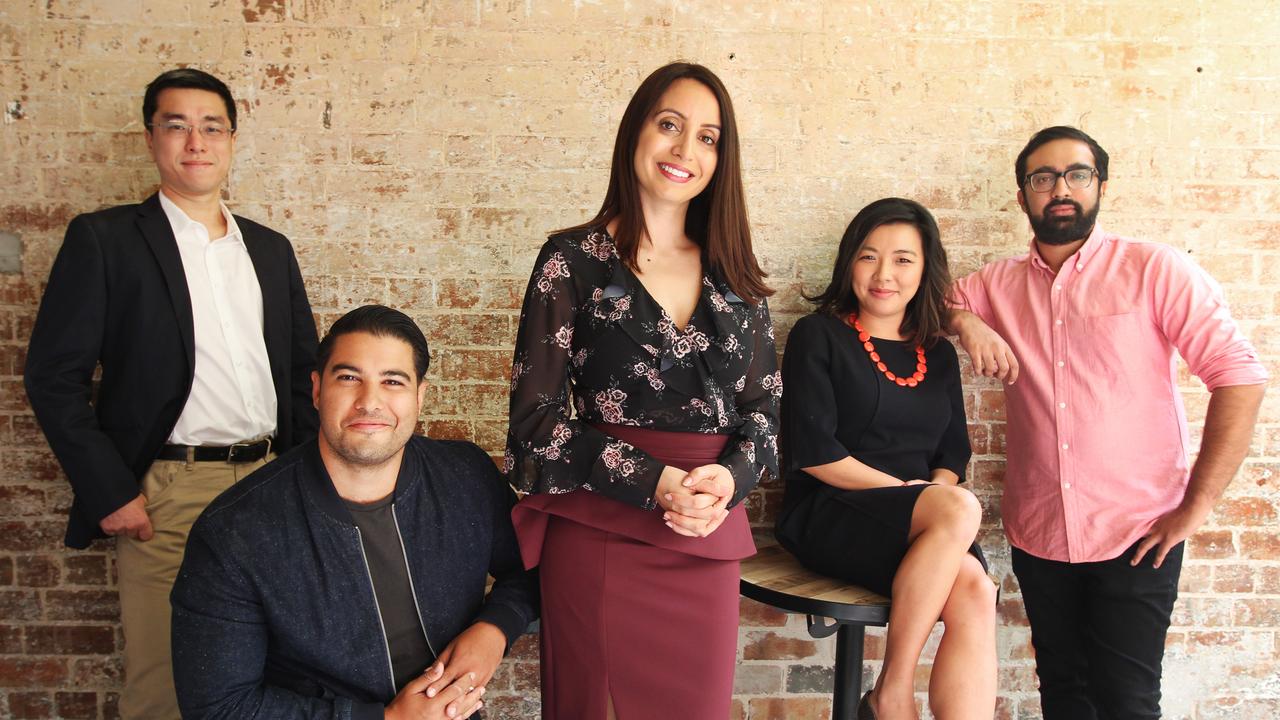
RELATED: Why Crazy Rich Asians was so significant for the Asian diaspora
Many of them conceded that while gender diversity has become a priority, cultural diversity has not. The respondents also said that cultural awareness training to address stereotyping or unconscious bias is not widely available for network leaders or employees.
Prof Soutphommasane had some insight into why news leaders might be holding back from pursuing for change.
“There’s a lot of defensiveness about cultural diversity and race within the media,” he said. “Many leaders mean well, but many of them also have glass jaws. Criticisms about diversity tend to be taken personally. There is a reflex of denying there’s a problem or deflecting the conversation.
“Many leaders can dismiss any call for more diversity by picking out the one person in their newsroom who happens to be a minority, as if to say their mere presence means there’s no need for improvement.
“Of course, there are sections of our media who, frankly, like to stoke division and prejudice. For them, racism is part of their business model. In those parts, there aren’t going to be ready converts to anything around cultural diversity.”
One editorial leader told report researchers they were surprised that a business case hasn’t been built on cultural diversity when it’s evident corporate advertisers are increasingly targeting multicultural audiences by featuring diverse talent in their ad spots.
“Obviously [advertisers and marketers] are using it for commercial gain but if they can do it, then the rest of the media industry should be doing it,” they said.
Consulting company McKinsey has repeatedly stated companies with cultural and gender diversity in leadership ranks generally outperform those that don’t in profitability.
“There are certainly some leaders who understand why a culturally diverse newsroom is a better informed and stronger newsroom,” Prof Lumby added. “Unfortunately, few of them have been prepared to take even the most basic steps to make this happen.”
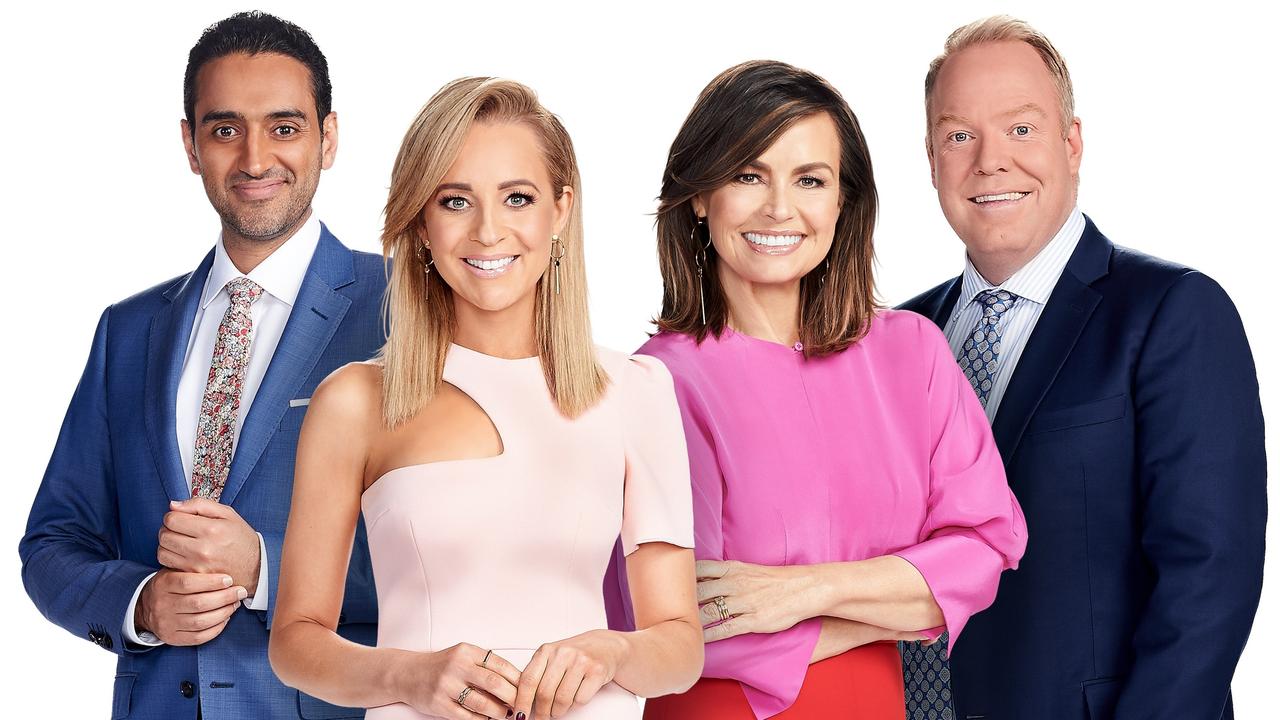
WHAT THE TV NETWORKS SAY
While all five broadcasters declared a commitment to on-screen cultural diversity, the tenor of the TV networks’ responses to the report tended to correlate with their rankings.
Channel 9 and Channel 7 both questioned the methodology of the report.
“I don’t think simply counting surnames on TV is an effective way of addressing the issue or helps in finding practical solutions to these challenges,” Darren Wick, Nine’s director of news and current affairs said in a statement to news.com.au.
“This report has clear errors and ignores the significant contribution of someone like Brooke Boney on Today, where is she one of four main hosts on the desk, instead simply listing her daily and regular contribution on the program at somewhere between 0.1 per cent and 0 per cent [an early copy of the report rounded Channel 9’s overall Indigenous representation to 0 per cent but was revised to 0.1 per cent in the final release].
“This is not reflective of the real changes and proactive appointments we have been making in improving diversity in our television business.”
Similarly, Channel 7 echoed the sentiment that while improving diversity is a challenge, it found the report “does nothing to help the industry as a whole” and called its outcomes “shallow”.
Seven’s director of news and public affairs Craig McPherson pointed to what he thought was a bigger issue: the pipeline for on-air talent.
“It does little in looking at the supply system of prospective employees from all walks of life,” Mr McPherson said. “There is scant acknowledgment in the report that free-to-air TV employers simply aren’t hiring culturally diverse employees because they’re not applying.
“It writes that reality off with the untested reasoning people aren’t applying because those doing the hiring have been somehow collectively diagnosed with an ‘unconscious bias’.
“For the past 30 years, the pathways into journalism is predominantly through university courses and training. It would be far more beneficial to the industry to explore what is or isn’t occurring in our high-priced university system.”
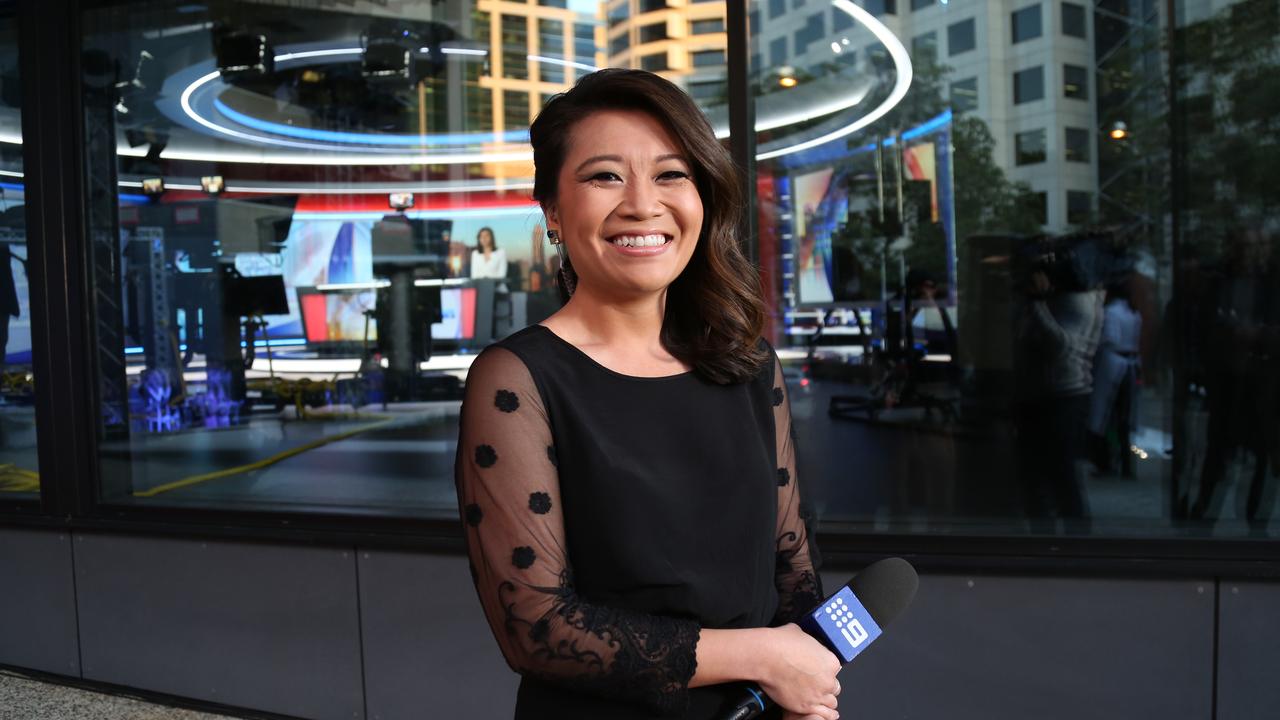
While not directly speaking to Mr Macpherson’s point, Prof Soutphommasane suggested that young people from diverse backgrounds considering a career in media may be discouraged by what they see on screen.
“They struggle to find role models and have doubts about whether they can make it, because of their background. If you can’t see people you can relate to within the media, it can make it less likely for you even to consider a career in the field,” he said.
The ABC and SBS both welcomed the release of the report while Channel 10, which ranked highest among commercial networks, reiterated its commitment to diversity on- and off-screen.
SMALL STEPS
While the findings of the Media Diversity Australia report are a scathing indictment on the current industry, many of those involved are optimistic for what comes next, especially in the 2020 context of heightened conversations around systemic and institutional racism.
“I’m certainly hopeful,” Ms Lattouf said. “Since MDA formed three years ago, there have been some changes.
“The ABC last year released its diversity strategic plan, Network 10 and Nine both have Indigenous journos on their breakfast teams and we’ve seen a willingness among both those networks to support scholarships and mentorships in their newsrooms.
“It’s a positive start and looking to experiences in the US and UK, change will take time, so we need long-term commitments.”
All five networks pointed to initiatives and programs they have to encourage cultural diversity in their newsrooms.
In response to recent accusations of workplace bullying and racism, SBS promoted two women from diverse backgrounds, Tanya Denning-Orman and Sarah Yassien, to executive leadership roles and established an internal candidate development fund and a program to identify under-represented internal talent.
Channel 10’s director of news content Ross Dagan said: “In the last year alone, we’ve launched three distinct university scholarships that better enable students from diverse backgrounds to embark on a pathway into our newsrooms”.
Those programs include the Walkley Young Indigenous Scholarship for an aspiring journalist under 30, a scholarship with Western Sydney University given to students with financial or other hardship and a media mentorship program run through Macquarie University aimed at culturally diverse, Indigenous or low socio-economic status students.
The ABC has a specific diversity and inclusion plan which sets targets for women executives, women technologists, culturally and linguistically diverse executives (15 per cent by 2022, presently 8.3 per cent), culturally and linguistically diverse content makers (15 per cent by 2022, presently 9.6 per cent), Indigenous employees (3.6 per cent by 2022, presently 2.9 per cent) and employees with disabilities.
The ABC also launched in the past year an Indigenous recruitment strategy with the goal of bringing 20 new roles into the broadcaster and will overhaul its training, internship and cadet programs with an emphasis on retention of diverse staff.
Channel 9 recently completed a summer scholarship program with Media Diversity Australia – the successful candidate, Abbir Dib, is now working in the Melbourne newsroom – while the most recent recipient of the Jacoby-Walkley scholarship, which includes a 10-week placement with Nine, was a Monash University student from a culturally diverse background.
Channel 9 is also in the process of establishing another TV journalism scholarship with Macquarie University, targeted at students from culturally diverse backgrounds, to launch in 2021.
Channel 7 is a founding member of the Screen Diversity Inclusion Network and The Everyone Project, which tracks diversity across the Australian screen industry.
WHAT’S NEXT?
However, the strategy that the commercial networks are most sceptical of is also the one that “Who Gets To Tell Australian Stories?” believes works: reporting and targets.
Mandatory reporting and targets have found success in the US and UK.
Dr Soutphommasane said: “There are big lessons to learn from international counterparts, who have taken diversity more seriously. It’s a no-brainer for media in the US and UK to have diverse faces on screen: people there understand they need to reflect their audiences.
“Here, nothing of that sort has happened.
“There needs to be better data collected and targets set for cultural diversity. Targets give organisations something to aim at and ensure there’s some accountability.”
Dr Lumby agreed change must come from a structural level.
“It doesn’t happen by randomly hiring diverse individuals,” she said. “You need to collect the data on diversity, evaluate progress and put in place measures to ensure you are actively recruiting for diversity, educating your workforce about why that matters and ensuring people from non-Anglo backgrounds are supported and given opportunities for promotion.”
Dr Soutphommasane added: “Change will require leadership. Around the world, people have been thinking hard about questions of institutional racism and diversity.
“Social progress never comes easily, and it doesn’t always come at the moment you expect it to.”




